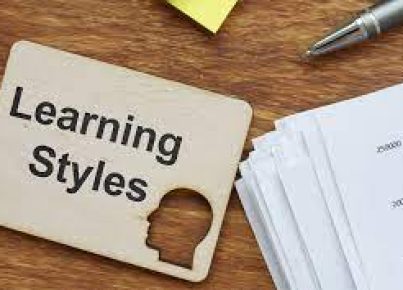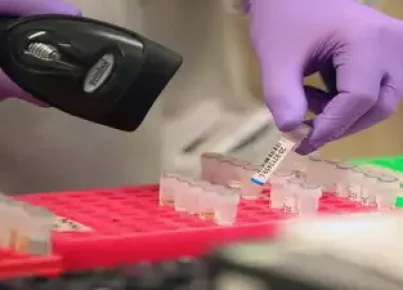Introduction:
Standardized tests have been a staple in the education system worldwide. They play an important role in assessing student progress and providing valuable data for teachers, schools, and policy makers. However, the process of developing these tests has often excluded the most important stakeholders – educators themselves. This article highlights why educators should be involved in the creation of standardized tests and the benefits that would come from their involvement.
1. Teachers’ Expertise:
Educators have a deep understanding of the diverse learning styles and needs of their students. By involving them in the test development process, assessment designers can ensure that the test items are tailored to meet these varying needs and support a more equitable evaluation system. Teachers can provide valuable insights into how different questions work for their students, which would enhance the validity of standardized tests.
2. Authenticity of Test Content:
When teachers are involved in creating standardized test items, the content is more likely to be authentic and meaningful to students’ learning experiences. This can lead to increased engagement and motivation during testing, especially for subjects like science or history where real-world application is essential.
3. Reducing Test Anxiety:
Many students experience stress and anxiety around testing, which could negatively impact their performance. With teachers’ involvement, tests could be designed to reduce anxiety by introducing familiarity in questions, presentation style, or question formats that students have encountered regularly throughout their school year. A reduced level of stress could lead to more accurate outcomes on these assessments.
4. Ensuring Continuity:
Including educators in designing standardized tests ensures a smoother transition between classroom learning and assessments. Teachers can identify potential gaps or mismatches between what they teach their students and what they are tested on by external examiners. Involving educators helps bridge this gap by encouraging collaboration between classroom instruction and test development.
5. Aligning Tests with Curriculum Goals:
One of the issues with past standardized tests is that sometimes they align poorly with the goals of the curriculum. By involving educators who actively engage with the curriculum, assessment designers can create tests that are genuinely reflective of the intended learning outcomes, allowing for better benchmarking and placement decisions.
Conclusion:
It is time for a shift in thinking around standardized test development. Integrating educators in the process is a critical step towards creating more valid, fair, and equitable assessments that can truly capture students’ abilities. As we advocate for greater policy changes to prioritize teacher participation, let us remember that their expertise and dedication are invaluable assets in ensuring high-quality standardized assessments.





